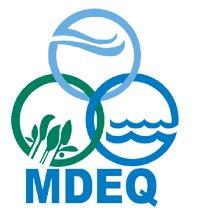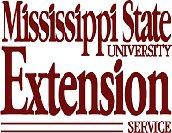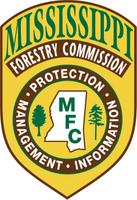In the aftermath of Hurricane Katrina, on Sept 13 EPA provided flexibility to fuel production and distribution in the Gulf Coast and nationwide by issuing waivers for diesel fuel sulfur requirements and summer gasoline volatility controls.
Because of a continuing tight market for highway diesel fuel in some parts of the country, EPA exercised its authority under the Clean Air Act to issue a second, temporary waiver of highway diesel fuel sulfur requirements through October 5, 2005 for states that continue to be affected by disruptions to the fuel production and distribution system caused by Hurricane Katrina.
This action will allow diesel fuel normally used in off-road equipment to be used in highway vehicles in those impacted states.
The states affected by the second waiver of highway diesel requirements are: Maine, New Hampshire, Vermont, Massachusetts, Rhode Island, Connecticut, New York, New Jersey, Pennsylvania, Maryland, Delaware, West Virginia, Virginia, North Carolina, South Carolina, Georgia, New Mexico, Texas, Louisiana, Mississippi, Alabama, Arkansas, Florida, Tennessee and the District of Columbia.
In addition, EPA waived the federal enforceability of the summer grade gasoline required under state law in California, Eastern Texas, and Phoenix, AZ.
On August 31, EPA waived the federal requirement for summer grade gasoline nationwide. Under normal circumstances that requirement ends in all parts of the country on September 15, except for the three areas mentioned above which, under state laws, extend the requirement until Sept. 30 (Phoenix), Oct. 1 (Texas) and Oct. 31 (California). The three states have requested that EPA waive federal enforceability of these requirements.
The use of diesel fuel that meets the 500 ppm sulfur standard is very important in meeting environmental and operational requirements for diesel engines, and the gasoline volatility standards are important measures in the effort to control of ozone air pollution. As a consequence, EPA carefully balanced the need to provide flexibility to the fuel industry with the need to provide environmental protection in the affected areas. EPA has not exercised this authority absent a showing of a connection to Katrina-related problems.
EPA and DOE continue to work with state and local governments to assess fuel needs and address concerns as they arise.
At this time, EPA has found that waiving the diesel requirements for highway use in other states was not necessary because those states continue to have an adequate supply of diesel fuel. In these states, EPA is prepared to take action if there are real demonstrated shortages of fuel. EPA will continue to monitor the situation closely and work with state and local governments to evaluate changing circumstances.
More information is available on fuel waivers online at: http://www.epa.gov/katrina/waivers.html .



















